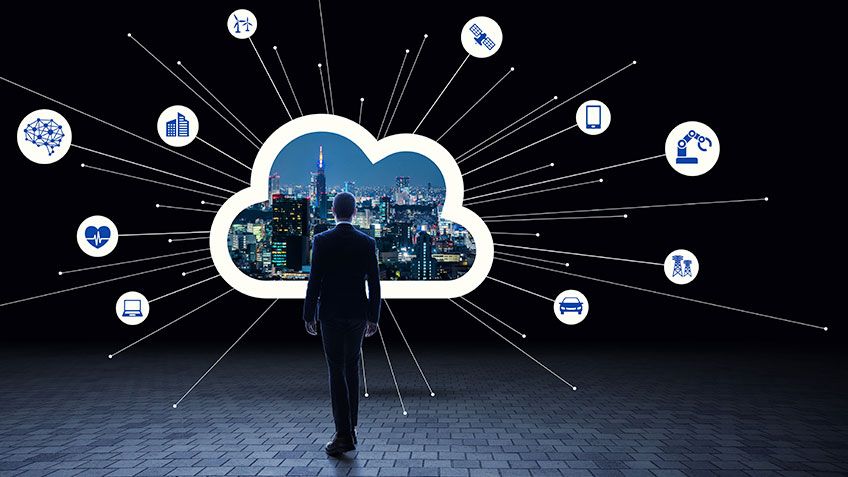Analytics for Industrial Productivity
Leveraging data and analytics is key to improving enterprise-wide productivity. Making decisions when and where they matter most requires access to information in real time to allow for ad-hoc analytics and perform advanced analysis by pulling structured and unstructured data from virtually any existing source in the enterprise.
At the heart of a data-driven approach is software that takes advantage of the smart devices and connected systems spreading across industrial enterprises. Software lets users explore their operations, using and fusing data from any existing source — be it controllers, historians, enterprise resource planning (ERP) systems and everything in between.
Previously, building a dashboard started with a data-integration plan that detailed how raw data would be transformed into production intelligence. It required manually mapping out current data sources, key performance indicators (KPIs) and other details.
A data-driven approach automatically discovers and indexes structured or unstructured data. This process saves time and reduces the risk of human error compared to the manual process. It also provides access to more details than you would get from manually mapping a device’s name, line location, facility location and other specifics.
Using data modelling, machine learning, predictive analysis and third-party analytics tools to massage and analyze data, software can create relationships among indexed data sets and calculate answers across billions of data points.
In other words, with minimal setup, you can access real-time, situation-relevant analytics that can address questions the moment they arise.
That flexibility is a tool for better understanding your operations. On a single screen, workers can access all their favourite ‘storyboards’. Storyboards present operational data in a preferred format and can include predefined dashboards plus any storyboard shared by a colleague. The storyboard helps team members begin to understand or investigate analytics.


